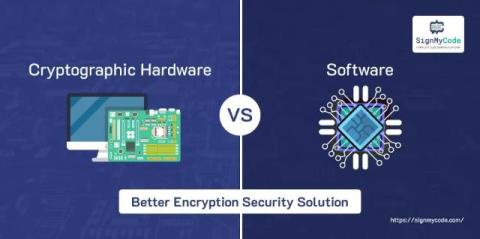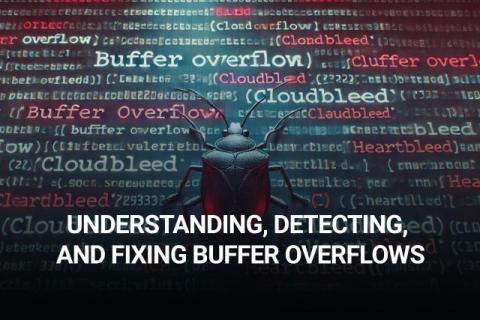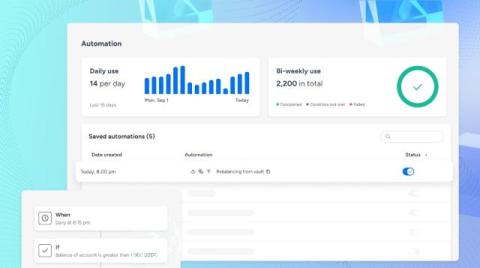How to Use a Risk-Based Vulnerability Management Model to Secure Mobile Dev
The typical workplace of the information age is no longer an office cubicle with a desktop PC. It’s an airplane seat, a comfy cafe chair, and a kitchen table — and it may not even have a company-issued device at its center. Research shows the productivity gains made possible by the growth of bring-your-own-device (BYOD) policies. Yet empowering employees to do their best work wherever they are and with whatever devices they have at their disposal also comes with risks.











